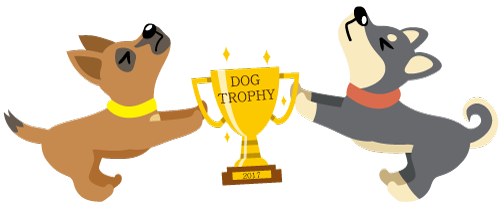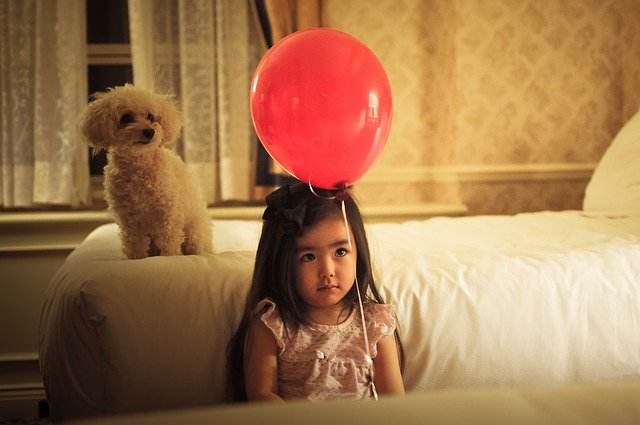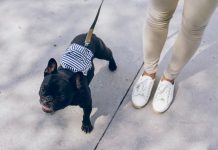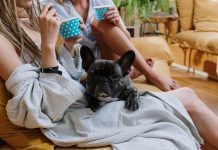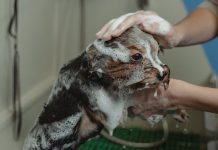When we speak about Dog Safety, dog owners will do everything to keep safe their pets. Being a responsible and dedicated dog owner also implies the obligation to make your home safe so that your curious and lively pet does not get hurt. If you are a new owner of a dog or are just about to move into your home, we give you some helpful first aid tips to keep your home safe for him.
When you bring a dog to your home, it means that you will be his family for the rest of his life, which takes about 15 years on average. Puppies and older dogs require extra care and attention, and a dog, no matter what age, race, or gender – is not a toy. He is a living being, capable of feeling pain, suffering, fear, and stress, just like a human being. Being a dog owner means being his best friend, and that friendship and love, in addition to food, attention, and veterinary care, also means paying attention to the safety of your pet.
Dog Safety at home
You must take care not to make the dog within the reach of his paws and teeth dangerous and potentially fatal subjects such as:
1. Cables – thin objects, dogs are often nibbling on, especially puppies during the intensive tooth growth phase. Wire bites can cause electric shock, malfunction of installations, and even fire! Be sure to cover up all the cables (the best channels) and make them inaccessible to the dog. There are also liquids that can be bought on the market that repel dogs with their taste and smell. They are applied to the surface that you do not want the dog to bite. Their effectiveness varies, so you need to inquire with other owners with whom products have a good experience.
2. Toxic and harmful substances – much of household chemistry (detergents), and even what is classified as “eco-friendly”, has a toxic effect on dogs. May cause severe poisoning and chemical burns. Keep an eye on where you keep your medication.
3. Poisons – for insects and rats, all pesticides, herbicides, and artificial fertilizers must be outside the reach of dog paws and mouths.
4. Furniture – Keep in mind that the danger in the home threatens all the pieces of furniture that the dog could knock over and thus injure, so look to fasten all the drawers, shelves that are not the most stable. Also, make sure that the dog does not get sharp objects and tools.
5. Small, non-perishable objects such as decorations on shelves that a dog may swallow and choke on or damage internal organs should not be accessible to him. Also, think about where you keep everything that the dog might get involved in or what it might get attached to a necklace, causing suffocation (cables, wires, New Year’s decorations, and decoration, wool.)
6.Holes in the fence (in case you have a yard) or a fence that is not grounded in the ground below which the dog could easily dig a hole and escape.
7. Poisonous herbs
To determine if you have provided a Dog Safety room / or yard well, before letting the dog explore freely, it is best to descend to its level for a few moments. And literally! Visit the entire four-legged room, gazing carefully at the surfaces and corners. It may sound silly, but it makes sense – from a two-legged, human perspective, we can overlook many things a dog will definitely see (and bite or knockdown).
And remember – dogs are not aware of the material or emotional value of your belongings and it will not prevent them from “exploring” in detail with their fork what they can retrieve. So make sure you keep anything that is meaningful to you out of the reach of your dog.
What does a dog need?
– First of all, the room where the dog will spend most of the time should be quiet.
– Bearing (purchase plastic bearings are the easiest to maintain and most resistant to nibbling).
– Water containers (and freshwater always available) and food.
– First aid kits (disinfectants, gauze, essentials. Consult your veterinarian for more details).
– Veterinary care provided – do not wait to choose a veterinarian or veterinarian because you do not know when you will need it. It is necessary to take the dog to the vet as soon as you become its owner for checking the general health status and information on vaccination, cleaning from external and internal parasites, nutrition, sterilization. This applies to all dogs – from just “picked up” from the street, through adopted by associations or guardians, too expensive ones.
– Toys (it is important that they are made of harmless materials and are resistant to biting, in the sense that the dog cannot tear off the part, swallow it, and injure the internal organs / suffocate).
– It is advisable that you always have good literature on dogs at hand.
Puppy in the home
It would be a good idea for the puppy to be in the room where you sleep the first night after he or she arrives at your home, as you will be able to keep an eye on it. When he starts to whine, it’s best to say something in a gentle tone – your voice will be soothing to the puppy.
If you chose a puppy that is less than three months old, it does not yet can be vaccinated against puppies and other deadly viral diseases, so it must not go out, even for emergency purposes!
A dog in the yard
If you have a yard and have a dog box, it must have a house with good insulation against the cold. Close the dog in the box when it is really necessary. Also, when you let it out, do not allow that time to be reduced to just running around the yard, but devote sufficient time to contact with the dog, training, play, and walking.
